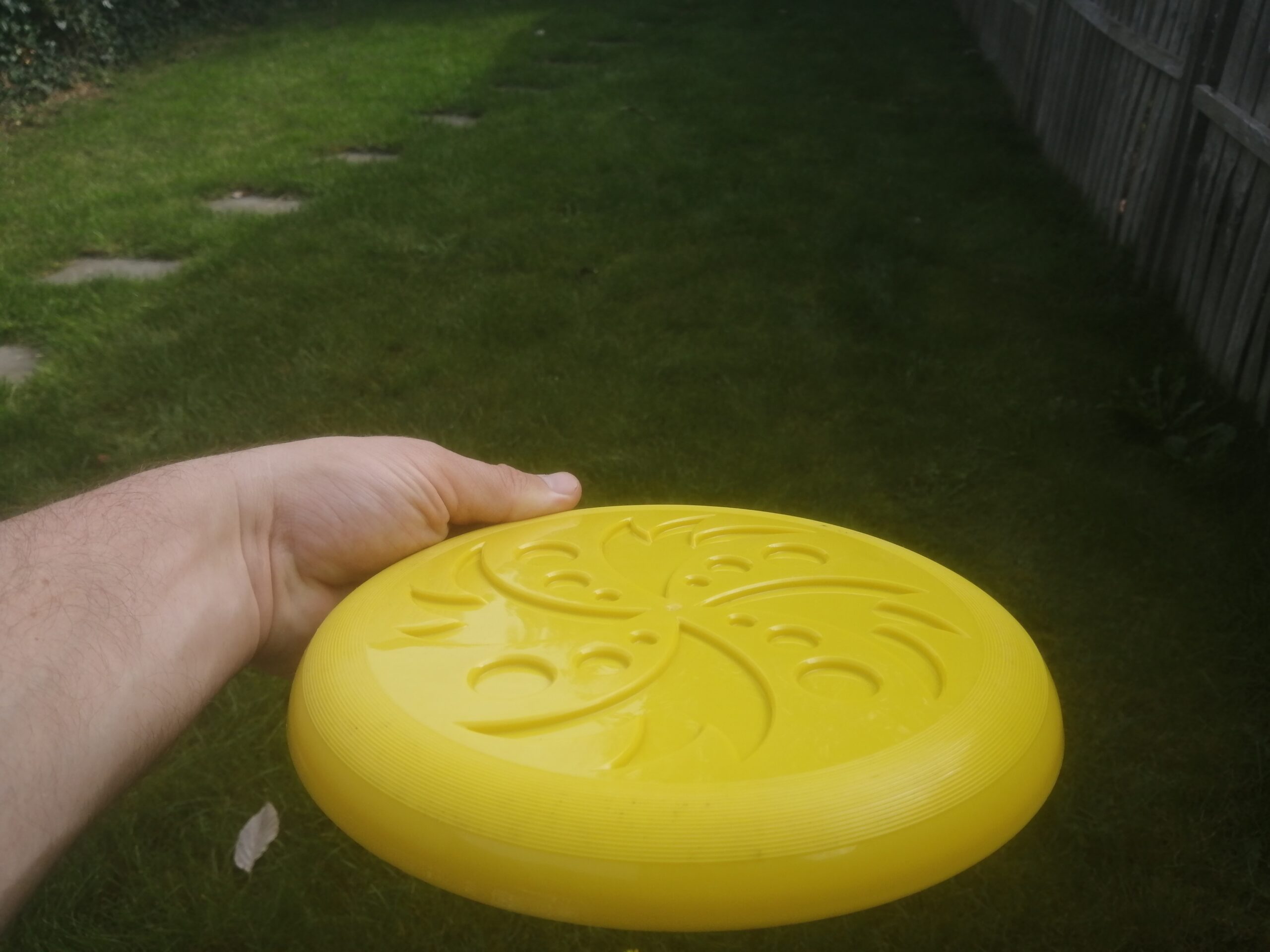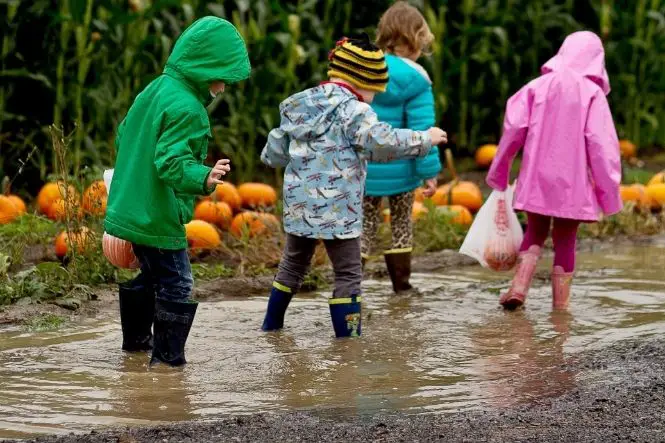Children and dogs seem to be natural pals, but the introduction of a new baby into a family that already has a dog takes some preparation and planning. Many dog owners (and cat owners too) dote on their pets and lavish them with a lot of attention. But smart parents-to-be need to make the effort to prepare their best furry buddy for the needed adjustments.
Table of Contents
Easing the Transition
To reduce the upset, making changes to your usual routine before your new baby arrives can be beneficial. For example:
- Teach your dog to be quiet around the house and get him used to staying still. When you’re dealing with a baby, this will be very useful.
- Have a dummy run and see how your dog might react to a baby. It sounds mad, but wrap a doll in a blanket, nurse it and give it attention.
- Encourage your dog not to go upstairs, especially if your nursery will be there.
- Watch out for any behaviour or habits that could cause difficulties, like frequently jumping up or pulling on the lead. If you do notice these habits, slowly work on them, using treats as rewards.
Planning Ahead
It is important for dogs to understand and obey their owners, and that they can follow simple commands such as sit and stay. Once they have these behaviours down pat, you should participate in practice sessions with your dog to get it used to the presence of a baby.
While it may feel a bit silly, many parents find that rocking, cuddling or talking to doll while asking the dog to remain in a sitting position can help the pet to master good behaviours. After laying the ‘baby’ down, you should reward your dog’s obedience with affection or a small treat.
Babies make noises and movements that dogs don’t always understand, but by introducing them gradually, dogs can learn to accept new babies. If your dog is good natured, arrange visits with the small children of friends or family to help with the transition. Short, well-controlled interactions can help dogs to get used to the loud and unpredictable nature of small children.
It’s also important that your dog gets accustomed to a bit less attention than it might be used to before a new baby’s arrival. For a few months before the due date, you may want to gradually decrease the time you spend interacting with your dog each day, since even the best-intended pet owners are bound to be a bit short on time once the baby is born.
Similarly, areas of the house that your dog will be kept from after the baby’s arrival, such as the nursery, should be made off-limits beforehand. Every step that can be made to get the dog accustomed to the changes in advance will make life that much easier once your baby has joined the family.
Bringing Baby Home
While Mum is still in the hospital, a blanket or baby outfit that has your newborn’s scent should be introduced to your dog, helping it to become familiar with the baby. On the day that your baby comes home, Mum should plan to give the dog a little extra attention immediately upon arrival, letting Dad hold the baby (preferably in a separate room).
When you do introduce your dog to your baby, have him on a leash and keep your baby at a distance at first. Repeat this process several times during the first couple of days, and don’t leave your baby alone with your dog until you’re completely at ease. If you still don’t feel 100% comfortable, then you could consider putting up a child safety gate for added protection. <#70#>John Lewis<#> stock an affordable range of safety gates.
The important thing is to treat your dog in the same way as normal. Feed him at the same times and take him for his usual walks. In most cases, babies and dogs do get on fine, but if your dog has shown previous behaviours such as aggression, killing cats or other animals, or is known to not get on with children, then seek expert advice.
Health-wise, children can’t catch dog diseases and are protected if dogs have been immunised, so they’re safe from that point of view. The only thing to remember is that they can catch worms and get flea bites, so ensure you have your dog wormed and keep it flea-free.
Buying a Dog
If you’re thinking of buying a dog and already have a family, then it’s still important to ensure they’ll all get on. Before you part with your cash, check that:
- The dog has no record of aggression or killing animals.
- The dog does get on with children.
- If it’s a puppy, consider how you’ll train it.
Taking your children to see the dog will clearly help identify which animals they’ll get on with, but if you’ve got a baby, bringing the dog home to see how you all cope before making a firm decision can be useful. First impressions are important, and if the dog seems to take a dislike to your children, then you may have to find another dog.
Which Breeds Are Best?
All dogs living with children need stringent training and handling, but some breeds are considered to be more child-friendly or suitable than others. The article Safe Dog Breeds For Children on the SaferPets website gives some useful pointers and valuable tips.






